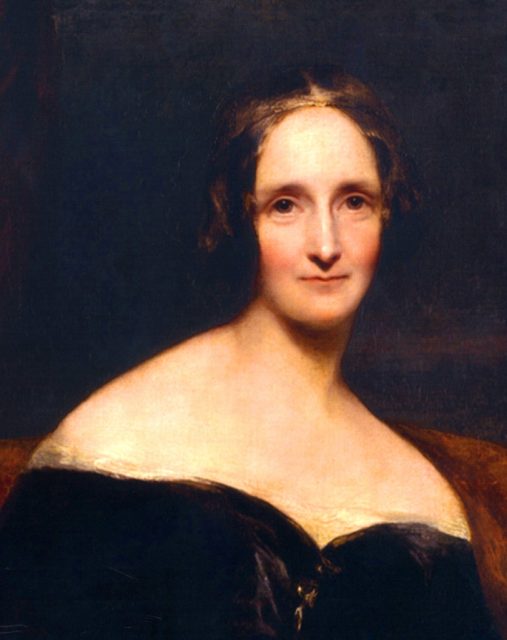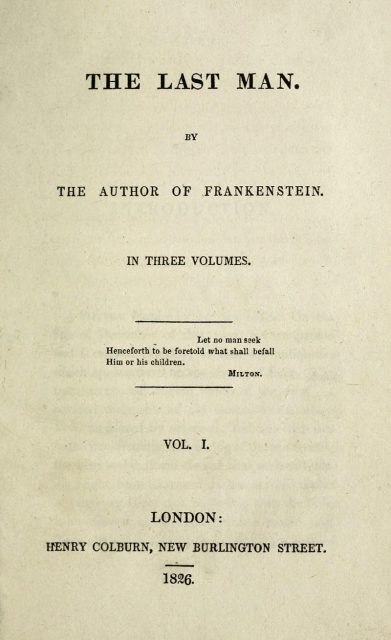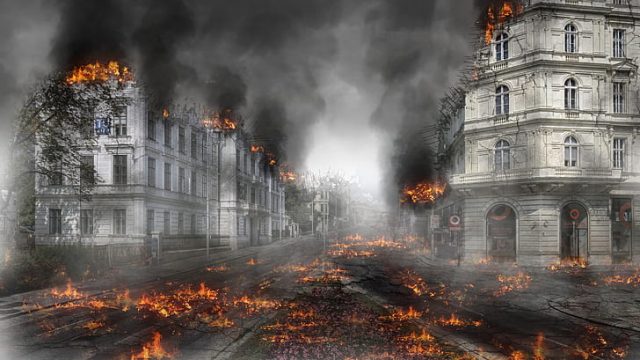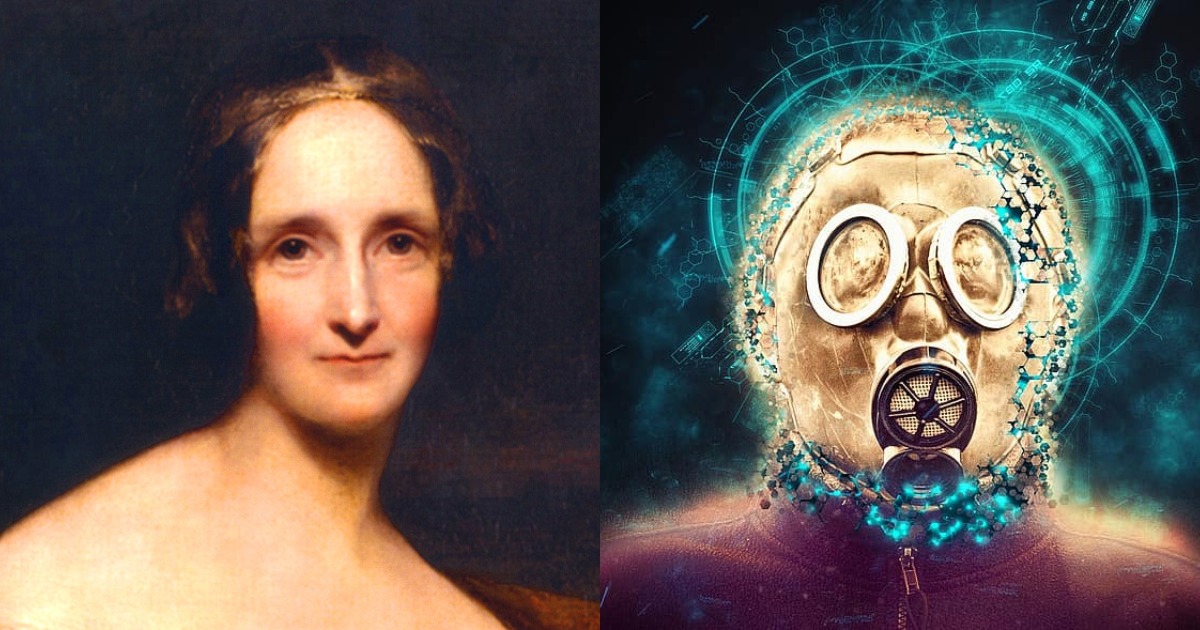‘The Last Man’ by Mary Shelley is a classic of apocalypse-fueled science-fiction from 1826. Written by ‘Frankenstein’ author Mary Wollstonecraft Shelley, ‘The Last Man’ makes for perfect reading during the pandemic. Its theme of nature rising up to quash human behavior is worryingly relevant, even a couple of centuries on.
The hero, Lionel Verney, is a country lad made good in the year 2100. Mixing in aristocratic circles, he and his friends become aware of an encroaching plague. It sweeps the planet till eventually only Verney remains, though the story – told across 3 volumes – is packed with drama and international intrigue along the way.
By the end, Verney has set out on a boat to try and find other survivors. An outward-looking conclusion cuts through the bleakness. “He must sustain humanity by acting upon his profound sense of the interconnectedness of his fate with other forms of life — human or not” said Eileen Hunt Botting, a Notre Dame political science professor, in an opinion piece for The New York Times.

In the early 19th century factors such as war, disease (cholera was raging on the Indian subcontinent and Asia) and natural disaster seemed to spell out Mankind’s doom. Fears also emerged from the ancient world. Long before ‘Jurassic Park’ happened, dinosaurs were making people think outside the box. “A new understanding of species extinction (the first recognized dinosaur was discovered around 1811) made people fear humans could also be extinguished from the Earth” wrote the University of Sydney’s Olivia Murphy in The Conversation.

Writers of the time were quick to paint literary portraits of despair. Shelley appeared to be sticking her oar into a crowded lake, so ‘The Last Man’ was lumped in with the rest. Today it’s regarded as the first dystopian post-apocalyptic novel written in English. Back then however, it was seen much as the latest zombie flick is now.
The Romantic Circles website reprinted Morton D. Paley’s observations from 1989’s Keats-Shelley Review 4. Paley notes the book’s “very subject seemed to invite derision, although behind that derision one senses a certain eschatological (i.e. relating to the end of the world) anxiety that may account for the virulence of some of the reviews.”

Paley goes on to quote some less than stellar write ups. “‘A sickening repetition of horrors,’ said The Literary Gazette and Journal of Belles Lettres, Arts, Sciences, &c.; ‘The offspring of a diseased imagination, and of a most polluted taste,’ said the The Monthly Review.”
While overlooked when it came out, the tale has been reappraised in later years. Republished in the 1960s, Verney’s exploits during the end of days chimed with modern day concerns. One way in which Shelley spoke radically was in the environmental aspects of the story. As Murphy wrote in The Conversation, the narrative focuses on “a world in which humans become extinct and the world seems better for it, causing the last survivor to question his right to existence.”
Politicians convene but ultimately offer no answers. Murphy describes Shelley’s “ventriloquising the complacent response from England to early signs of disease in its colonies.” Individuals choose to indulge themselves with storm clouds looming, rather than think collectively and as a community.
The author’s inspiration for ‘The Last Man’ was her personal isolation. Once part of an infamous circle that included the likes of Lord Byron and her own husband Percy Bysshe Shelley, she was beset by misfortune from an early age.
‘The Last Man’ is dedicated to the husband of Mary Shelley (who had met his end at sea) and Byron. Murphy wrote, “The novel’s characters closely resemble the famous members of the Shelley-Byron circle, including Shelley’s husband”. Byron perished in the war between Greece and Turkey, a conflict that is ongoing in Mary Shelley’s text.
Related Article: How the Worst Pandemics in History Finally Ended
Her gender also played a role in how the novel was received. ‘Frankenstein’ may be the first and arguably most influential sci-fi novel of all time, but Shelley struggled to be taken seriously even later on. After the critical and commercial failure she appears to have dusted herself down and returned to the writing desk. Even so, ‘The Last Man’ was reportedly one of her favorites.
The tome has naturally been revisited in 2020, as the Covid makes its presence felt across the globe. ‘The Last Man’ was well ahead of its time, with Shelley’s vision getting closer to home as the years pass by…
Steve is a writer and comedian from the UK. He’s a contributor to both The Vintage News and The Hollywood News and has created content for many other websites. His short fiction has been published by Obverse Books.
